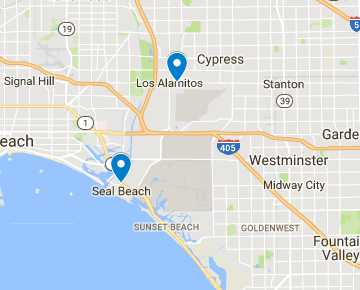What Really Causes Hammertoe?

Hammertoe is an abnormal bend in the toe that leaves it looking like a hammer. Though it can be painful, the condition almost always responds to conservative treatment. The tendons, ligaments, and muscles of our toes keep them straight yet also flexible. Unfortunately, those connective tissues sometimes become tight, forcing the middle joint of the toe to flex upward while the end of the toe bends downward into the shape of a hammer. Hammertoe often affects the second or third toe of the foot. Possible causes include a muscular imbalance that forces the toe to curl up or an injury to the toe. The condition has also been attributed to arthritis, diabetes, heredity, and high arches. Wearing high heels that squeeze toes into unnatural positions may lead to a hammertoe, as well, although many women who wear high heels don’t have hammertoes. The condition tends to affect more women than men, and the risk increases with age. People with a second toe longer than the big toe are more prone to hammertoe. Those who suffer from hammertoe may consider it a cosmetic problem. However, the abnormal shape of the toe can make walking difficult if left untreated. Painful calluses and corns might develop on the bent toe as it rubs against the inside of a shoe. If you have a hammertoe, your podiatrist will likely recommend conservative therapy. The condition rarely requires surgery. How to Treat Hammertoe A physical examination and an X-ray of the foot will diagnose a hammertoe. First-line treatment options include placing an insert or pad in your shoe to position your foot correctly in order to reduce pressure on the toes. Practicing exercises to stretch the toe muscles and keep them straight are also helpful. Simple exercises such as picking up marbles with your toes or crunching a towel with your toes maintain range of motion in the joint. Perhaps the most important therapy — and prevention tip — is wearing properly fitting shoes. Low heels with a half-inch between the longest toe and the tip of the shoe provide enough room for toes to move so they’re not crowded painfully together. If you have painful bunions, calluses, or corns on the tip of the hammertoe, you can try over-the-counter cushions, pads, or medications to alleviate the discomfort. Or, a podiatrist can surgically remove a bunion that has become extremely painful. If a wound on the toe blisters, don’t attempt to pop it; instead, your podiatrist can remove it. People with diabetes should be especially careful about slow-healing wounds on the foot since such injuries must be treated by a doctor to prevent infection. Surgery is the next option if conservative treatments fail or if your toes become rigid or inflamed. Hammertoe surgery involves removing the damaged portion of bone and reshaping the tendons and joints, thereby freeing up the toe. It’s a simple procedure that’s done in one day on an outpatient basis. The Foot Care Specialists The staff at the Alamitos-Seal Beach Podiatry Group are experts on conditions of the foot and ankle. Whether you’re experiencing painful bunions, heel pain, an injury, or a hammertoe, we’ll diagnose the issue and recommend treatment options that will get you pain-free and back on your feet as soon as possible. Contact us today for an appointment.





